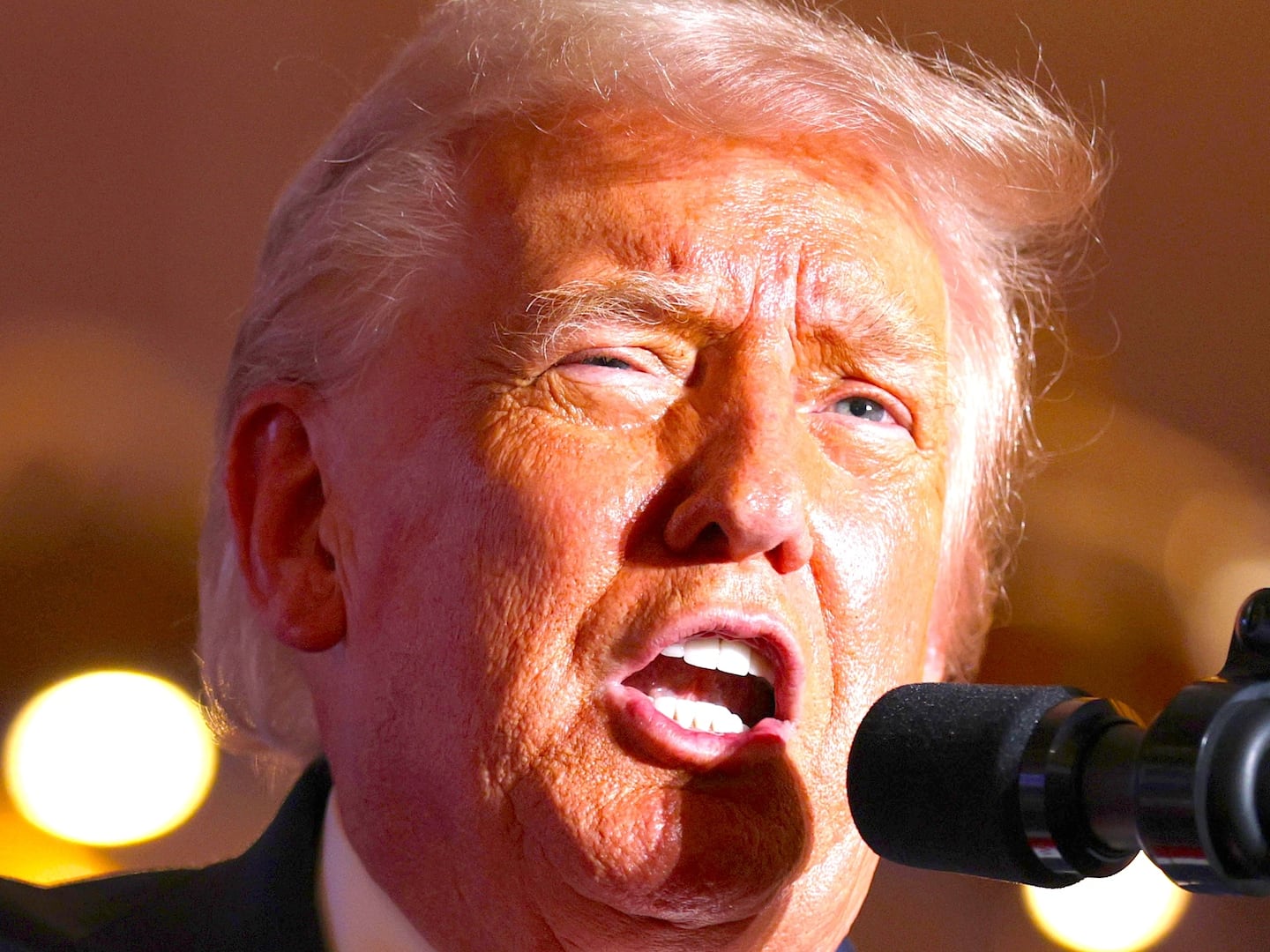LOS ANGELES—Today’s double cheeseburger is tomorrow’s weight problem, and that’s why your phone has become a weapon in the conflict between public health and private enterprise.
Researchers from the University of Southern California and MIT are using large-scale mobility data to follow people's eating behaviors throughout the day, to understand how food choice is influenced by what’s accessible, available, and affordable.
This Big Data-derived knowledge can help health officials find solutions for people who eat poorly not because of any moral failing, but rather because they live in so-called “food deserts,” where there’s little access to healthy, affordable food, and “food swamps,” where what’s available might as well be muck.
“At face value, we haven’t really blown anyone’s mind with the finding that if you go more to fast-food outlets, you are eating more fast food,” Abigail Horn, who specializes in problems with food systems and nutrition for USC’s Information Science Institute, told The Daily Beast. “The more interesting finding is that when you look at health outcomes, people who live in neighborhoods with higher rates of fast-food outlet visits have significantly higher rates of obesity and diabetes.”
But at the same time, other experts said, the fast-food outlets whose greasy, salty offerings are fattening up Americans already use personal data collection as part of their efforts to market more aggressively to consumers—and a primary target may be those least resistant to it.
Added Horn: “If you look at the funding in public health and then the funding in the food industry, it’s not a fair game.”
Crisis in Plain Sight
For the national reputation Southern California carries as a haven for health nuts and fitness freaks, statistics show its weight-related wellness issues follow close to the rest of the nation. According to the UCLA Center for Health Policy Research, 1 in 10 adults in Los Angeles County has type 2 diabetes, while the Centers for Disease Control and Prevention states 11.3 percent of American adults are diabetic. There is a higher percentage of people who are overweight—with a body-mass index between 25 and 29.9—in Los Angeles (35.9 percent than nationally 35.2 percent). Nevertheless, obesity—when the BMI is 30 and higher—is less prevalent in LA County than America as a whole: 23.5 percent to 28.9 percent.
Diet-related chronic diseases, like obesity and diabetes, are closely associated with food insecurity, which is the lack of reliable access to affordable, nutritious food. Annually, food insecurity costs the county an estimated $2.3 billion in health-care expenses, Dipa Shah, director of the Nutrition and Physical Activity Program at the county’s Department of Public Health, told The Daily Beast.
Those ugly numbers explain why scientists are so interested in learning whether Big Data can find answers to improving health. For Horn’s research, data was amassed from a county public health survey of more than 8,000 adults, as well as mobility data from nearly 243,000 smartphone users. Over a span of six months in 2016-17, there were 14.5 million visits to various food outlets.
In another study by Horn and others, the menus of more than 500 restaurant chains were scoured for nutritional info, with the results then mapped across the county. Horn said the data clearly showed the least nutritious restaurants could be found everywhere—a countywide swamp—but the most nutritious ones were only in the wealthier neighborhoods.
It’s systemic inequities such as these, Shah said, that have led to higher rates of food insecurity, obesity, and diabetes among low-income residents and racial minorities.
“It’s clear that people in neighborhoods in Central, South, and East LA, and Antelope Valley, have much higher rates of fast-food outlet visits than in West LA and the South Bay. This is a problem for health, and we see higher rates of diet-related diseases in these areas,” Horn said “But this is also why we have to be careful not to stigmatize fast food since it is a large share of people’s food source for people in those areas: 15-20 percent of all their food visits.”
Going Where the People Are
Under the Obama administration, the federal Healthy Food Financing Initiative sought to address inequality in food access by assisting grocers and developers who wanted to open or expand stores in these deserts and swamps. The program, started in 2010, has awarded $270 million in grants and leveraged an estimated $1 billion in additional financing.
Yet results have been mixed, with one study run by the RAND Corporation finding that neighborhoods with these interventions saw net positive changes in overall dietary quality, especially with added sugars, but people were not eating more fruits, vegetables and whole grains, nor were they improving their BMI.
That’s when it became obvious that when it comes to where to buy food, attention should be aimed at where people go during the day and not only where they sleep at night. Now attention can be focused on, for example, office parks, where many people work, with perhaps the only lunch options being vending machines and/or a snack shop.
“It’s a huge value of mobility data, because the previous research has really just focused on their neighborhoods or maybe a mile around their home,” Horn said.
Horn and co-author Esteban Moro, a data scientist from Spain’s Universidad Carlos III and visiting professor at MIT, followed up on their initial study by taking a broader sample of data from the same source over the same stretch of time—1.86 million users in 11 U.S. cities. Among the findings were that when people left their homes to buy groceries, they traveled an average distance of a quarter-mile; yet when patronizing a fast-food establishment they were, on average, 4.1 miles away from home.
So why do people choose an establishment peddling garbage over a healthier option? Consider workers at the aforementioned office park, where just getting from your desk to your car and out of the lot might take 10 minutes. If rushed for time, a priority would be to find a place that puts the “fast” in fast food. In other instances, people in a new lunchtime location might look for the familiar rather than take chances on unknown establishments.
These insights are invaluable to pinpointing people’s eating habits and laying the groundwork for solutions that push people to healthier behaviors. But they are also a reminder that the purveyors of junk food are deploying the same Big Data as the researchers to attract new customers and keep loyal patrons coming back for seconds.
Convenience—But at What Cost?
Mobile apps for restaurants have gained in popularity in recent years, especially with the pandemic prompting the combination of expediency with no-contact ordering and pick-up. If you have such an app, then you can quickly find a restaurant when in an unfamiliar place, as well as receive discounts, bonuses for numerous orders, and free items on your birthday.
All the while, of course, your phone collects data and sends it back to the mothership.
“These apps are a windfall for companies,” Fran Fleming-Milici, director of marketing initiatives at the University of Connecticut’s Rudd Center for Food Policy and Health, told The Daily Beast. “You can send reminders and special deals, you can geolocate—and they’re better than third-party apps, like Uber Eats, because you don’t have to pay for advertising on them.”
Clever developers have even found ways to “gamify” their apps through elements such as achievements and leveling-up.
On this last point, it sounds like a great way to market to teens—and the fast-food companies probably think so, too.
According to Fleming-Milici, 70 percent percent of adolescents reported engaging with food/beverage brands on social media, with 35 percent engaging with five or more brands. More than half (54 percent) reported engaging with brands of fast food.
“Even though we may not have evidence that companies are doing this more to teenagers than other consumers, when it comes to teens they have still-developing cognitive abilities,” said Fleming-Milici. “So they’re less likely to be able to defend against that kind of marketing technique than adults are.”
But why don’t we have that evidence? Because the purveyors of fast food want it that way.
“The interesting thing is, it’s proprietary so you can’t really study what companies are doing,” Fleming-Milici said. “But they know what they’re doing—and that’s really challenging for public health.”
Horn knows making changes for the better will not be easy or quick, speaking in terms of generations. But taking rash action would be worse.
“We’re not going to get McDonald’s to change their menu,” she said. “That would just make millions and millions of people upset.






